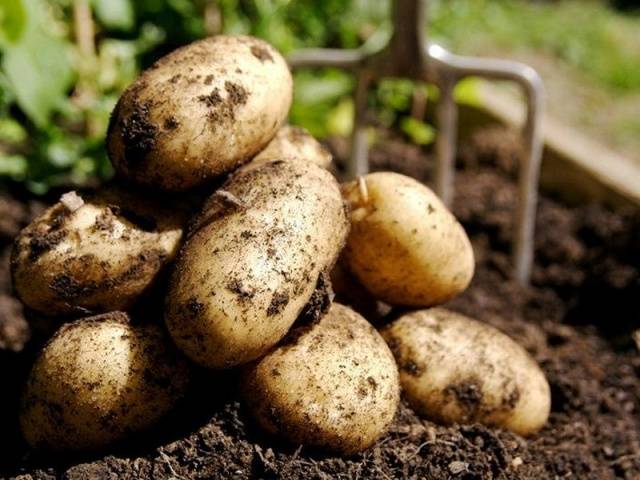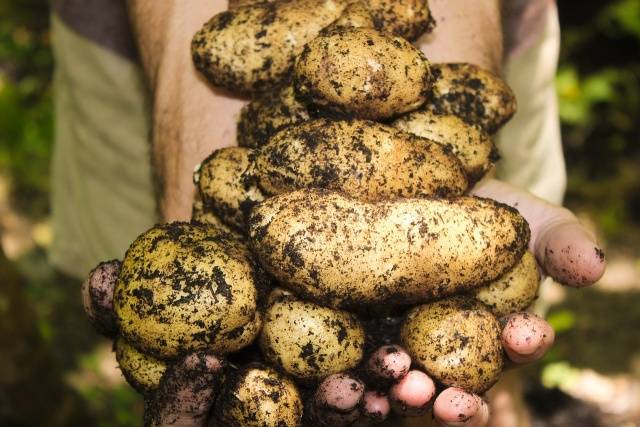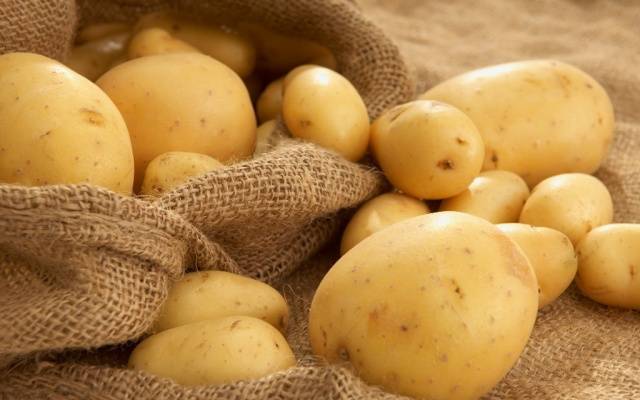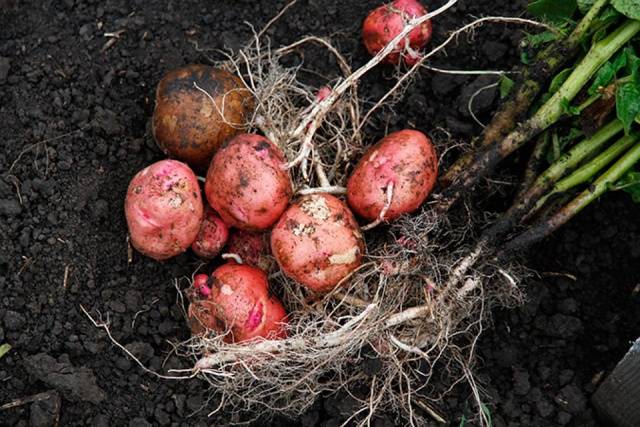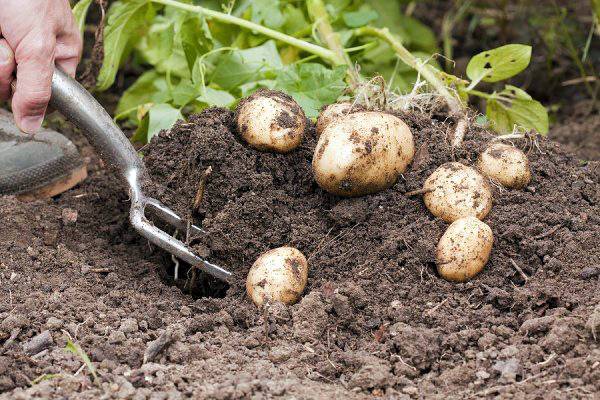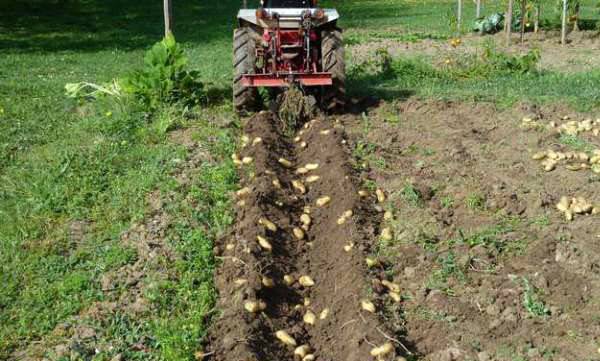Content
Early young potatoes. Already in June, you can enjoy its refined taste. During this period, last year's potatoes lose their taste and appearance. The period when you can dig up young tubers depends on the region, variety and technique of planting potatoes.
Tubers are formed during the budding period of potatoes. However, the harvesting of young potatoes does not begin immediately after the beginning of the flowering of the green mass, because the tubers should grow and increase in size at least up to 5 cm in diameter. The first roots can be dug out at the beginning of the shedding of flowers. The thin skin remains in potatoes for about a month from the beginning of flowering. The taste of young tubers depends on the intensity of watering and soil temperature. If the potatoes have practically no taste and contain a lot of water, then it is too early to dig them out even for cooking.
How to determine the readiness of tubers
Potatoes have a certain ripening period. The main indicator of full maturity is wilting and yellowness of the green mass, as well as the subsequent dryness of the tops. Hilling promotes the ripening of root crops, so if you want to eat young potatoes, it is important to huddle the potato beds in time.
You can get out of this situation by calculating 60-70 days from the day of planting. After this time, the top of the green mass must be cut off, leaving 10-15 cm of tops from the ground. So, the rind will form faster.
Now you need to determine when to dig young potatoes, because we have already figured out the digging of mature root crops. Most often, the period of tuber growth coincides with the flowering of the tops. However, since these two processes are not related, tubers may begin to form before color appears.
In the middle zone of the Russian Federation, early potatoes begin to be harvested at the end of summer. That is, the period for collecting young potatoes for food depends on the region in which you live. In the cold part of the country, potatoes ripen later, in the warm - earlier.
If, having dug up young potatoes, you find that they are large in size, then the harvest will be excellent. This is due to the fact that tubers still grow to full maturity for 30–40 days, respectively, their size will increase.
Determination of tuber maturity by date
Outward signs can be deceiving. Weather conditions can be confusing. For example, it often rains in the Moscow region, and constant heat in the Krasnodar Territory. When, in this case, you can start dig potatoes for food? It is necessary to carry out calendar calculations, and for this you need to remember the date of planting the potatoes.
Potato beds are filled with sprouted tubers immediately after the frost subsides - in April - May. Seedlings appear 2-3 weeks after planting, and after 2-3 weeks the green mass begins to bloom. As a rule, it takes 30–35 days from the day of planting to the receipt of young potatoes. A mature crop can be harvested in 60–75 days from the day of planting. The latest crop of potatoes is harvested 75–80 days after planting.
Harvesting methods
How to harvest young potatoes after flowering so as not to damage the tubers? There are several basic methods for harvesting crops from the garden beds.
Shovels and pitchforks are used as tools to dig up young potatoes.However, this technique requires strength and health. If you have already reached old age, then this method of digging up tubers will most likely not be up to you. Digging by hand will immediately hit the lower back, as it carries the greatest stress. If you are in poor health, take care of your musculoskeletal system and choose a different harvesting method.
If you are growing young tubers for sale on large farms, then manual digging of potatoes is out of the question. For this, specialists have developed machines to facilitate harvesting. These include a walk-behind tractor and a potato digger. Before starting work, you must mow the tops and remove it from the garden. You can start harvesting only a few days after harvesting the green mass. Since we are talking about young potatoes, you can only dig up them in large quantities if you are growing potatoes for sale.
Cleaning work
First you need to prepare a place where the young potatoes will be dried. So that your young and tender crop does not suffer from mechanical damage, drop potatoes less, and, if possible, try not to throw tubers at all, since young potatoes have a very thin skin. When damaged, potatoes become more vulnerable to disease and deteriorate faster.
The harvested crop should be stored in a dark, dry place. But remember, young potatoes do not last long and if not used, they will quickly deteriorate. So dig it up as needed. For cooking, you can dig up as many tubers as you need at a time. The same rule applies to digging up potatoes for sale. Harvest as many crops as you can sell in one day on the market.
Already in the garden, you need to distribute the harvest by varieties. Otherwise, this work will have to be done at home. And this, as you know, takes more time. There is no need to dig up the ground after collecting potatoes; this can be done in the fall, after the final harvesting of the garden. Young as well as mature potatoes should be stored in the dark. Sunlight will cause the tubers to turn green, making them unusable for cooking.
So, if you see that the potato tops are in bloom, then soon you will be able to enjoy dishes made from young potatoes. If you adhere to the tips outlined in the article, then you will collect a young crop and not earlier, and not later than the appointed time.
To expand your knowledge of this topic, we suggest you watch the video:
